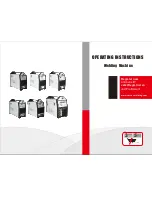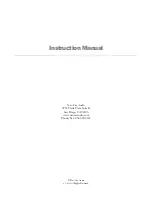
10
3 INSTALLATION
3.1 General Requirements
Select a suitable position for the collector. Ensure the section of roof to which the collector is
being installed is capable of supporting its weight and any likely wind loads.
The collector should face as close as practicably possible towards south and not be shaded
by surrounding buildings, trees or other sections of the building to which it is being installed.
The collector must be installed with the manifold at the top (not on its side) and on a section
of roof with a
tilt of between 25
0
and 60
0
to the horizontal
. Table 3 shows the effect of the
tilt and orientation of the collector on performance.
Tilt of
collector
Orientation of collector
South
South-east
South-west
East / West
North-east
North-west
North
30
0
Recommended
4.3% loss
15% loss
27% loss
32% loss
45
0
1.8% loss
7.1% loss
20% loss
36% loss
40% loss
60
0
7.8% loss
14% loss
28% loss
44% loss
53% loss
Data derived from SAP2005
Table 3: Loss of performance due to collector angle and orientation
The collector can be installed in 2 ways:
•
tiled roof installation (refer to Section 3.2)
•
slate roof installation (refer to Section 3.3)
3.2 Tiled Roof Installation
3.2.1 Assemble pitched roof brackets
Adjust the settings of the solar pitched roof brackets
(SPRB~) by varying the dimensions A and B to suit
the shape and thickness of the tiles. The dimensions
can be varied within the limits specified. Bolt the 3
sections of the brackets firmly together using the
fasteners supplied.
Figure 8: Adjustment of pitched roof bracket
Dimension
Minimum
Maximum
A
70
140
B
45
60
Table 4: Adjustment limits for pitched roof brackets
Summary of Contents for Solar SHP20
Page 2: ......













































